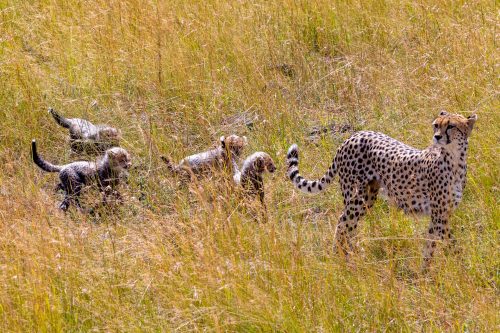
If you haven't already heard the sad news, yesterday we confirmed the passing of Slit Lip, one of the 5 Inselberg males we have been fortunate to document over the past few years. In recent weeks, the Inselbergs have been on a mission to conquer new areas including taking over the Purungat pride of females who are southeast of the Triangle. This has meant leaving their territory unguarded at times, which hasn’t gone unnoticed by both the Bila Shaka males and the six young Nyati males.
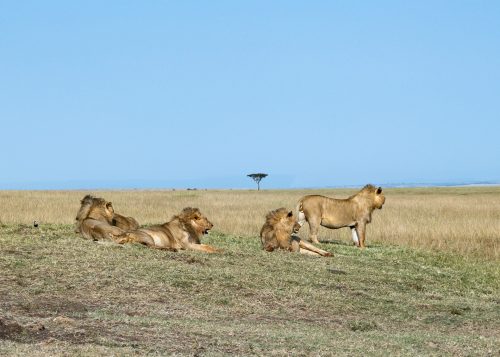
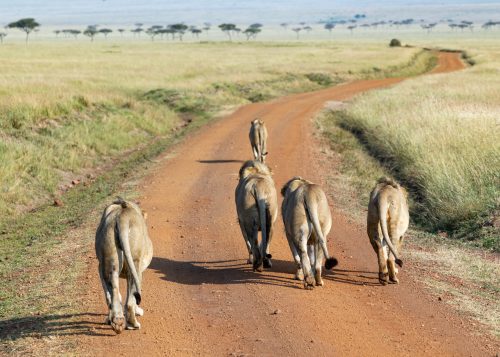
We have spotted these two coalitions deep into the Inselberg territory several times. So much so, that Angama guide Titus witnessed a standoff between these two coalitions as they found themselves in close proximity in unfamiliar territory.
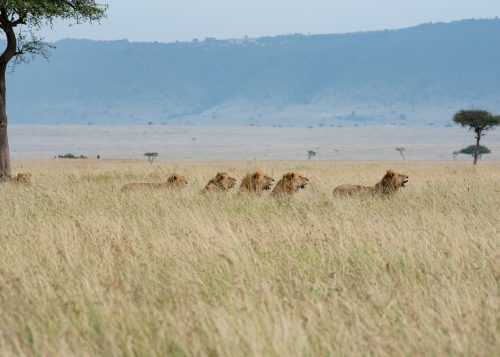
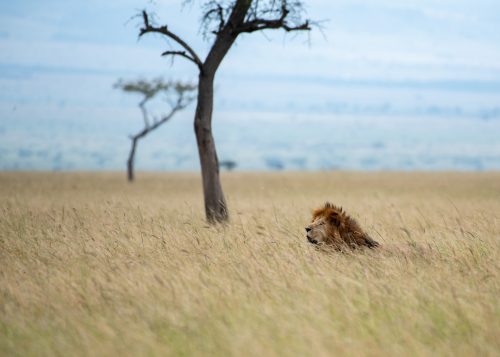
The six Nyati males have been seen as far as the 31km junction and have even dared to make kills inside the Inselberg's territory. Their speciality remains hunting buffalo. As if hunting there isn't enough, one of the boys has even been seen mating with a female from the Egyptian pride.
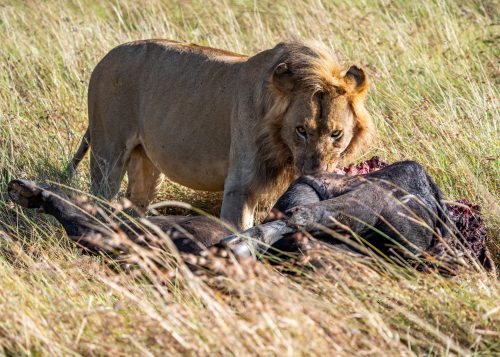
Not to be outdone by the young boys, three of the Bila Shaka boys — Koshoke, Kiok and Kibogoyo — have been seen not far from the picnic trees. This will be a major shock when the Inselberg males come back to patrol their territory. Perhaps that is what happened to Slit Lip? The Mara holds many secrets. It will be interesting to see how the Inselbergs react, to say the least.
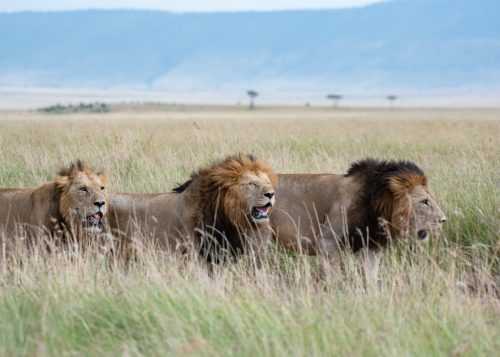
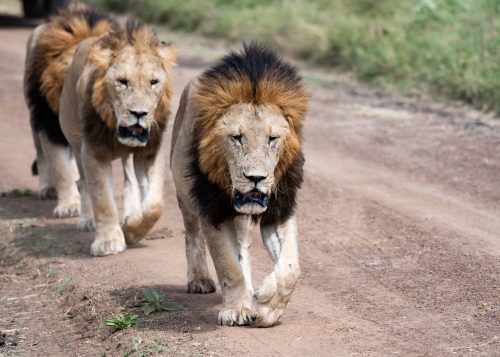
It has been quite some time since we reported a sighting of the beautiful Salt Lick male leopard. It’s wonderful to see him again and looking so healthy. Titus was able to capture some great shots of him living his best life with a meal stashed up a tree and mating with a beautiful female.
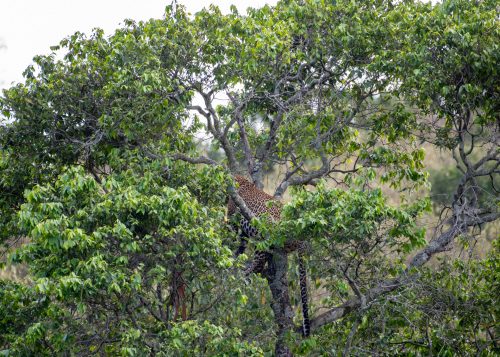
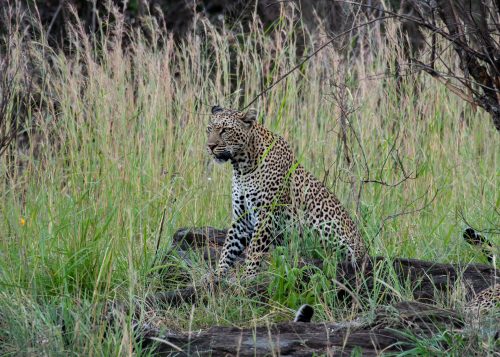
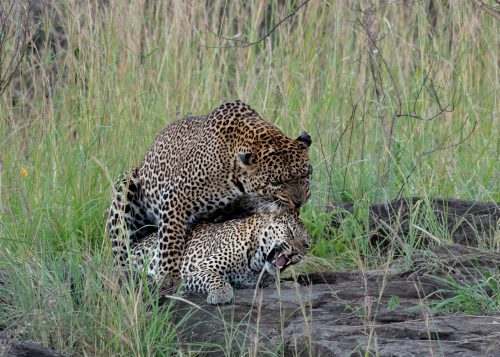
I am delighted to be the bearer of even more good news; we have confirmed that Risasi has not three, but four little cubs who are looking healthy and strong. It has been about six weeks since we reported her without a pregnant belly and with clear signs of nursing and have been waiting (and hoping) for positive signs of her cubs.
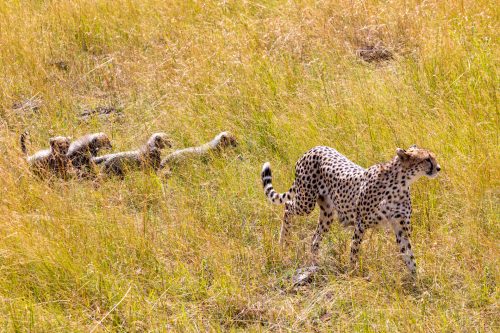
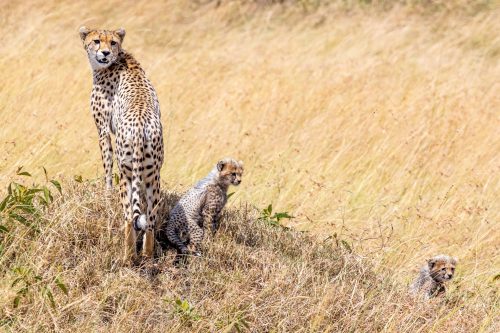
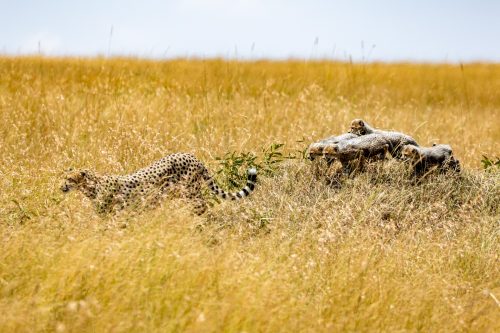
The baby boom in Thomson's gazelles has Risasi making the most of it to provide for her cubs. At four years old, this could be Risasi’s second litter having lost her first one. With the odds of cheetah cubs surviving highly stacked against them, we are pulling for these little ones make it.
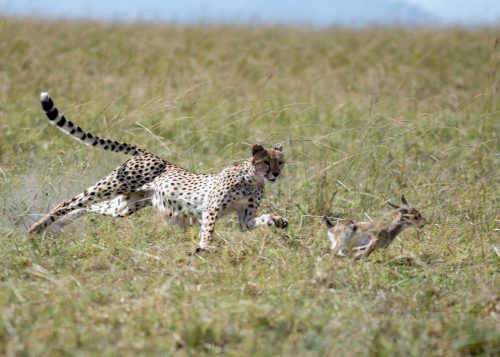
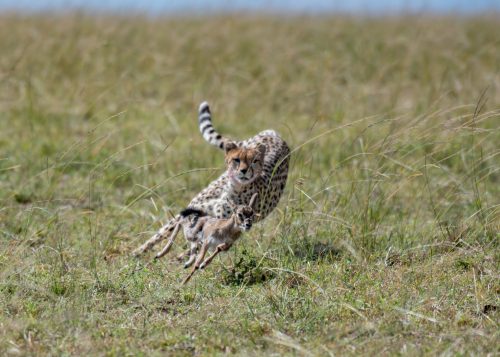
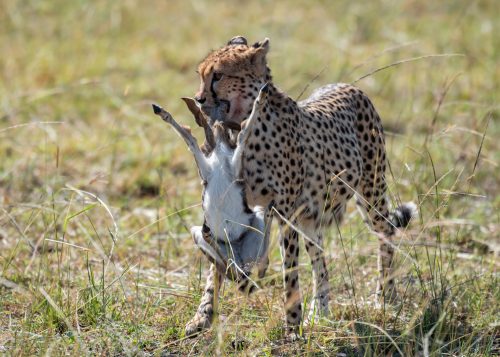
The Great Migration has kicked up a gear as massive herds continue to cross the Mara River into the Triangle. The crocodiles, never ones to waste an opportunity, have been stocking up in these times of plenty. We're providing daily updates on our Instagram stories so be sure to follow @angamasafari for more scenes from migration.
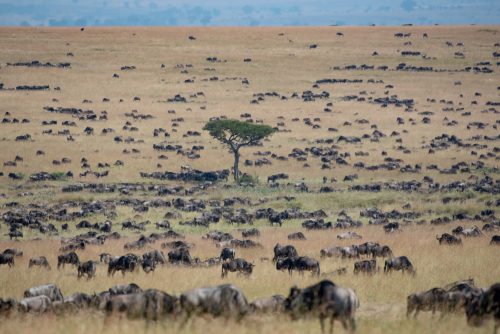
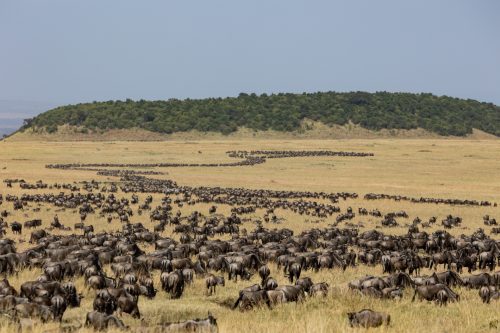

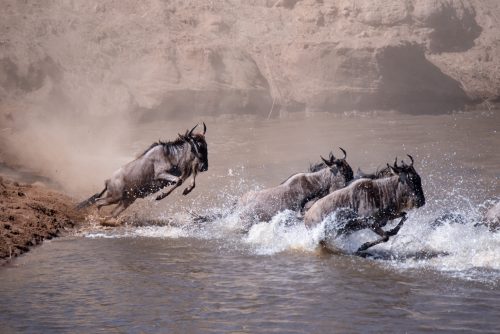
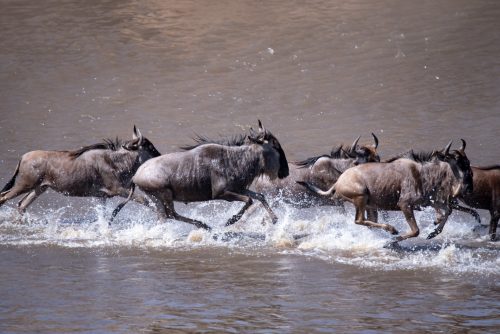
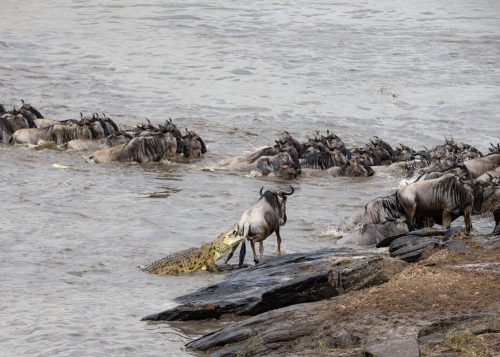
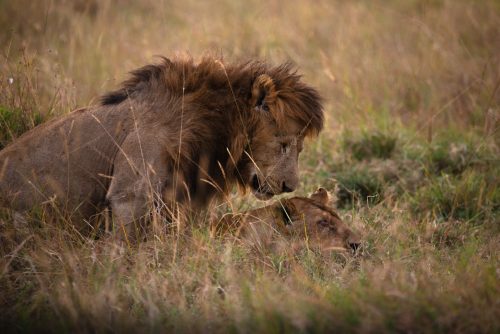
A year ago, Chongo was with a lioness from the River Pride who had a matching injured right eye. They mated for the typical five days before going their separate ways.
Filed under: This Week at Angama
Subscribe for Weekly Stories
Comments (2):
31 July 2022
Thankyou so much for your weekly reports. We have stayed at Porini Lion Camp on 2 occasions , our next visit to the Mara will be May 2024

Tented Suites